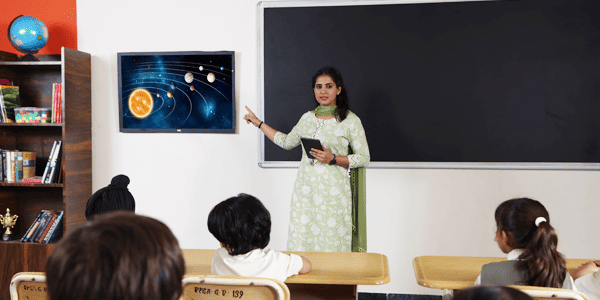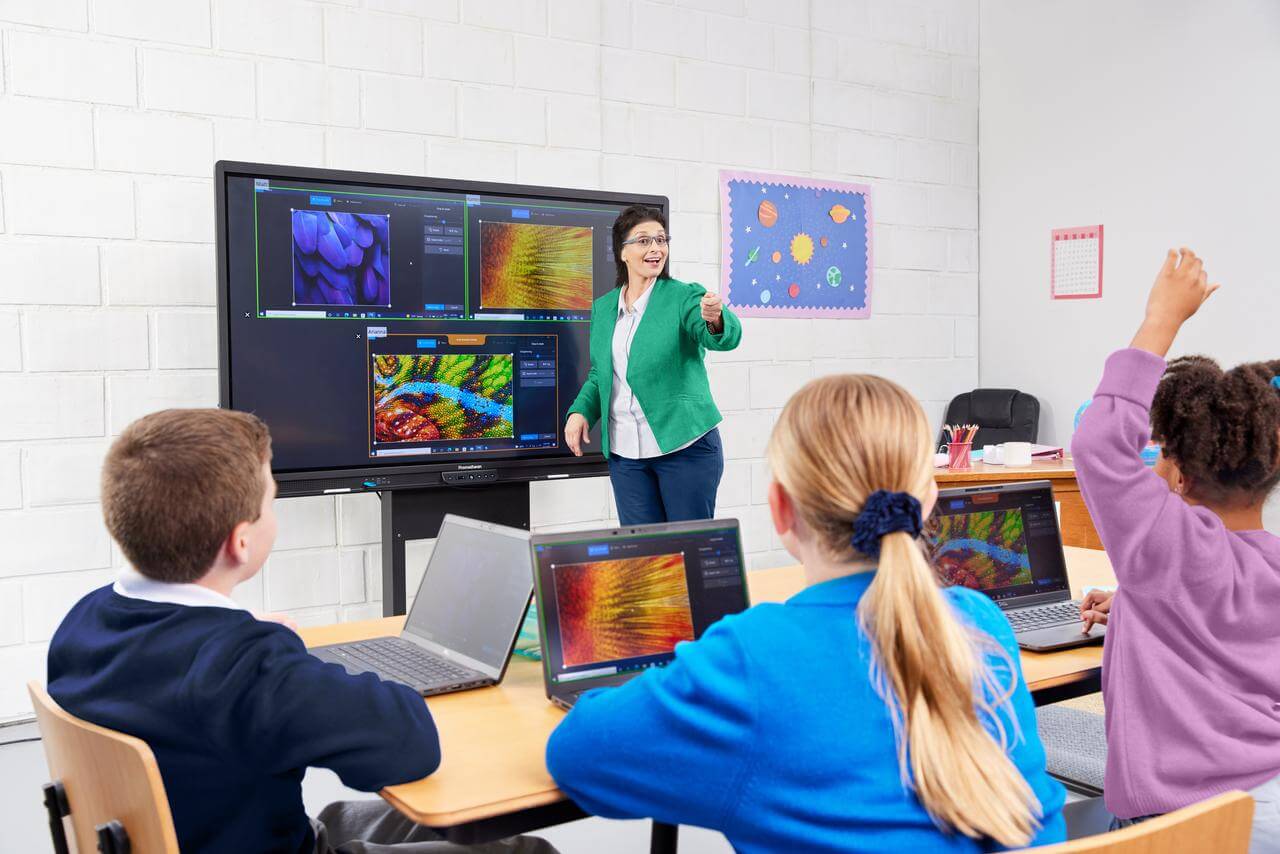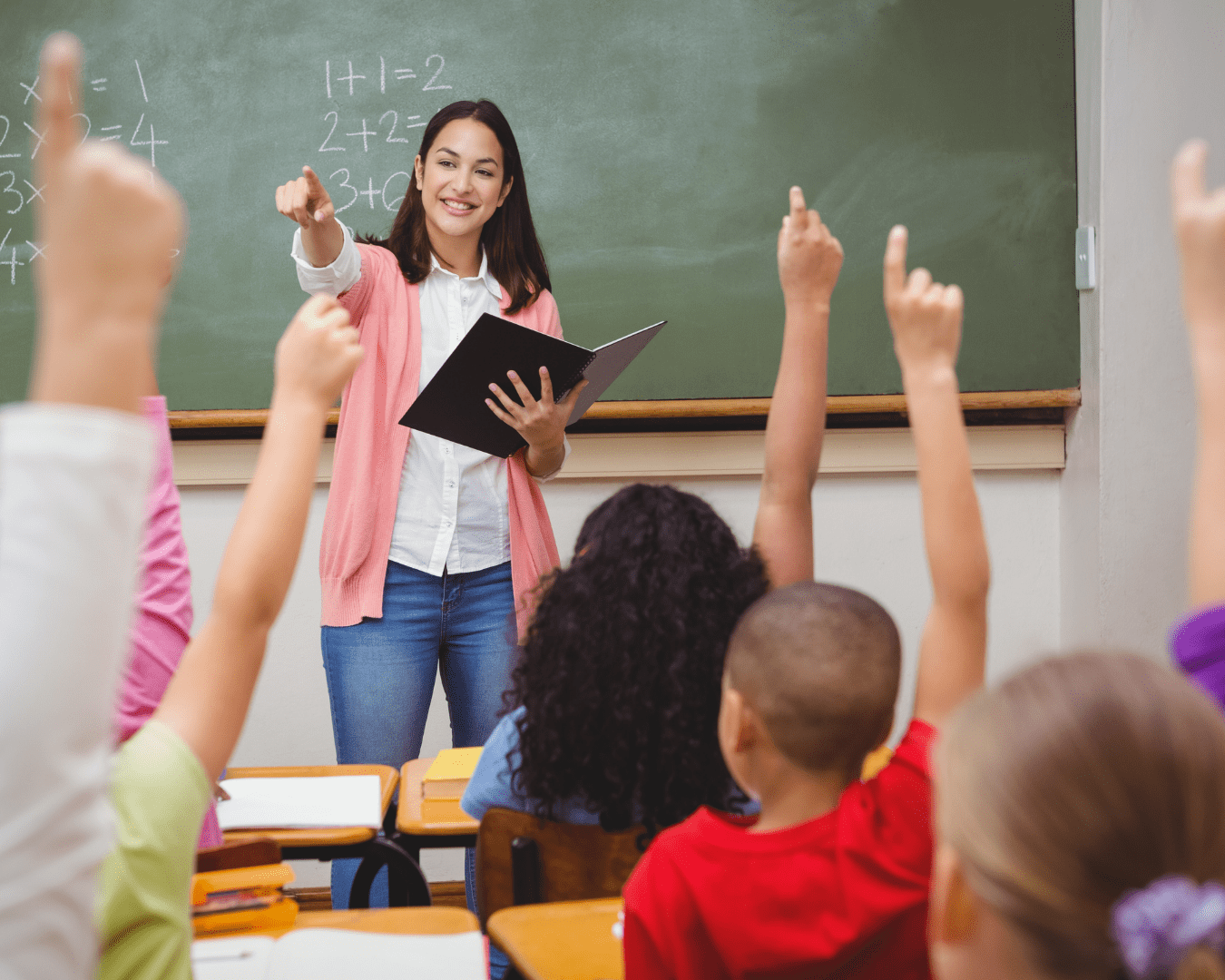Exploring the Various Training Strategies in Key Scientific Research Education Today
The landscape of primary scientific research education is evolving, with different teaching strategies getting prominence in modern class. Inquiry-based understanding, hands-on experiments, and the combination of technology are redefining just how instructors engage young minds. In addition, collective strategies and set apart guideline are being used to accommodate the diverse demands of pupils, enhancing both interaction and understanding. As we examine these techniques, inquiries develop concerning their performance and the implications for future educational methods. What might these shifts in technique mean for the future generation of students?
Inquiry-Based Learning
Inquiry-Based Learning (IBL) is an instructional approach that urges pupils to discover clinical ideas with doubting, examination, and hands-on testing. This technique highlights the duty of students as energetic individuals in their knowing, promoting crucial reasoning and analytic skills. By involving with real-world concerns, trainees come to be determined and curious, which improves their understanding of clinical concepts.
In IBL, instructors function as facilitators, leading students as they navigate their queries instead of delivering information directly. This student-centered strategy enables for distinction, suiting different finding out styles and speeds. Students establish skills in formulating hypotheses, creating experiments, and examining data, which are essential for clinical literacy.
In addition, IBL promotes collaboration amongst students, motivating them to share concepts and findings. This cumulative query advertises social abilities and a sense of area within the classroom. Furthermore, the procedure of inquiry motivates resilience, as trainees learn to welcome failure as a tipping rock towards understanding.
Hands-On Experiments
Hands-on experiments are an important component of efficient scientific research education and learning, complementing the concepts of inquiry-based knowing. These experiments enable trainees to involve straight with scientific ideas, cultivating a deeper understanding through experiential understanding. By manipulating materials and observing end results, young students can realize abstract concepts in tangible means.
Such tasks promote crucial thinking and analytic skills, as pupils hypothesize end results, conduct experiments, and evaluate results. This procedure urges them to ask concerns, improve their understanding, and establish a scientific way of thinking. Hands-on experiments can be tailored to diverse understanding designs, ensuring that all students have the chance to involve meaningfully with the web content.
In addition, hands-on experiments usually encourage collaboration amongst peers, advertising team effort and interaction skills. Working in groups allows pupils to share concepts, talk about searchings for, and pick up from each other, which improves their overall educational experience.
Including hands-on experiments right into the key science educational program not just enhances the finding out setting yet likewise cultivates a lifelong passion in scientific research. By actively taking part in their education, students are more probable to create an interest for clinical query that extends beyond the class.

Modern Technology Assimilation
Incorporating technology into primary scientific research education and learning has ended up being significantly vital in cultivating student interaction and boosting learning outcomes. Making use of digital tools, such as interactive simulations, online laboratories, and instructional software, offers trainees with possibilities to check out clinical concepts in Read Full Article cutting-edge means. These sources promote a deeper understanding of complicated subjects by permitting students to visualize and manipulate variables that would certainly be unwise in a traditional class setup.
In addition, technology assimilation urges individualized finding out experiences. Pupils can progress at their own pace, reviewing tough ideas via multimedia resources, which deal with different learning designs. This versatility not just supports specific development however also grows a feeling of freedom in learners.
Additionally, technology functions as a bridge to real-world scientific research, connecting pupils with present research study and expert payments. Accessibility to on-line data sources and scientific journals widens pupils' viewpoints on clinical inquiry and fosters critical assuming skills.
Collaborative Understanding
Joint discovering plays a vital function in main science education by promoting synergy and interaction skills amongst students. This approach encourages learners to collaborate, share expertise, and take part in analytic, which improves their understanding of scientific principles. By participating in group tasks, pupils discover to verbalize their ideas, pay attention to diverse perspectives, and work out remedies, all of which are vital skills in both real-world and academic contexts.

Study suggests that joint learning can bring about increased motivation and involvement in scientific research subjects, as pupils find pleasure in common experiences (primary science see this here tuition Singapore). Additionally, this approach prepares students for future collaborative undertakings, furnishing them with the skills needed for efficient synergy in greater education and specialist atmospheres. Eventually, welcoming collaborative discovering in key science education can substantially improve the useful link learning experience and promote a deeper understanding of scientific query
Differentiated Instruction

Distinguished direction can materialize in various means, such as differing the material, processes, or items of discovering. For instance, educators may make use of tiered tasks that offer varying degrees of intricacy, allowing trainees to work at their corresponding readiness levels. In addition, adaptable organizing techniques can assist in cooperation among students with various capacities, cultivating peer knowing.
Evaluation plays a critical role in this technique, as it educates guideline and helps teachers comprehend each pupil's distinct needs. Developmental analyses, such as monitorings and tests, can lead educators in readjusting their approaches to enhance learning outcomes. primary science tuition Singapore. Ultimately, by applying separated guideline in primary scientific research education and learning, educators can grow an extra equitable and reliable understanding atmosphere, equipping all trainees to reach their complete potential in comprehending clinical phenomena
Verdict
In summary, the varied training approaches in primary science education, including inquiry-based learning, hands-on experiments, technology integration, joint learning, and separated direction, collectively contribute to a much more efficient knowing environment. These approaches advertise critical reasoning, analytical skills, and a much deeper comprehension of clinical ideas. By executing these approaches, instructors can produce helpful and interesting class that deal with the different requirements of trainees, ultimately fostering a lifelong passion in scientific research and boosting scholastic accomplishment.
Inquiry-Based Discovering (IBL) is an instructional approach that urges trainees to discover scientific principles through wondering about, investigation, and hands-on testing.Collaborative discovering plays a vital function in key science education and learning by fostering synergy and communication abilities among trainees.Research shows that collaborative discovering can lead to increased motivation and involvement in scientific research subjects, as trainees find pleasure in common experiences.In fostering a comprehensive learning atmosphere, distinguished guideline emerges as a crucial technique to suit the varied needs and capacities of pupils in main science education. Inevitably, by applying differentiated direction in main scientific research education and learning, instructors can grow a more equitable and effective knowing atmosphere, equipping all pupils to reach their complete possibility in understanding scientific phenomena.